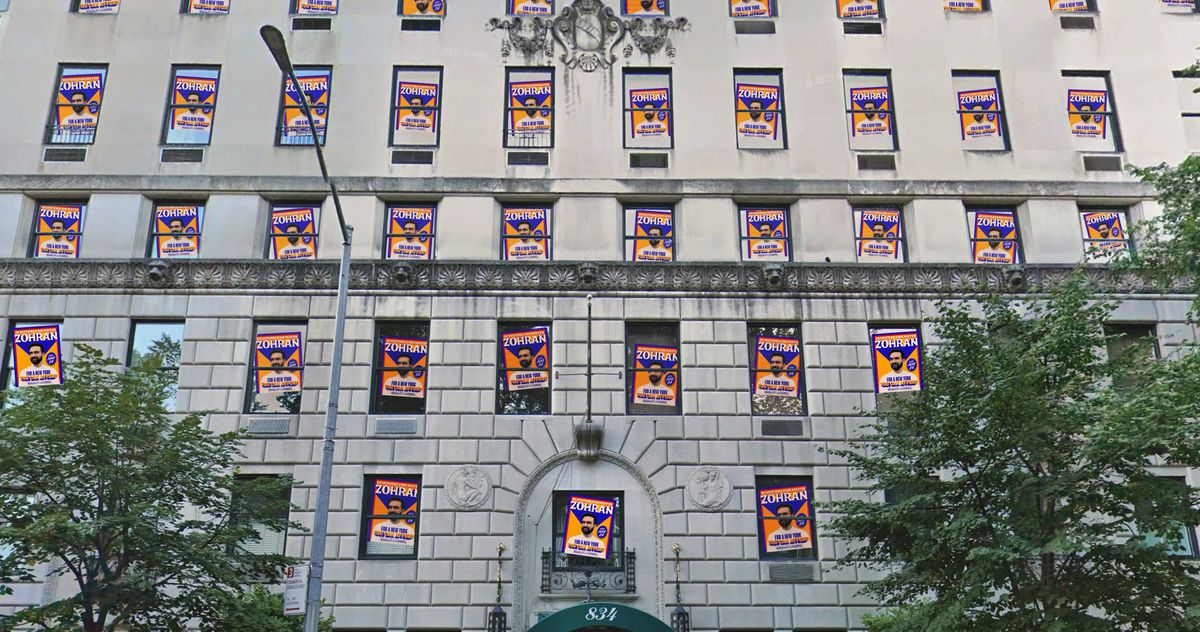
"As a canvasser, getting an address like this is a challenge. "We might have to get a new building, or we might get really lucky," says Paloma, who lives in the neighborhood and has been doing a weekly canvass for Zohran Mamdani since the primary. "I sigh a breath of relief when I see that I'm doing a full list of walk-ups," explains Strati, the other half of tonight's team and another old hand at this - the chance of someone buzzing you in is much higher than a doorman letting you up."
"And we get really lucky. The three of us breeze into the lobby alongside the people coming in and out and head toward the elevators. The plan is to start from the top and work our way down. But not the very top - Paloma and Strati decide to save the penthouse for later. Call it a canvasser's intuition or a simple fact of real estate: Price and chill often have an inverse correlation. "That could be a person who might say, 'Why are you doing this?'" Paloma says."
Canvassers on Manhattan's Upper East Side face obstacles reaching voters in luxury buildings with doormen and concierges, making walk-ups preferable because residents are likelier to buzz volunteers in. A two-person team avoided penthouse units expecting resistant occupants and began from higher floors, relying on practical intuition about wealth and receptiveness. Zohran Mamdani's operation mobilized roughly 50,000 volunteers who knocked on about 1.6 million doors during the primary, producing record turnout. Large-city canvassing encounters locked doors and hostile building management, contrasting with single-family neighborhoods where door-to-door access is typically more straightforward.
Read at Curbed
Unable to calculate read time
Collection
[
|
...
]